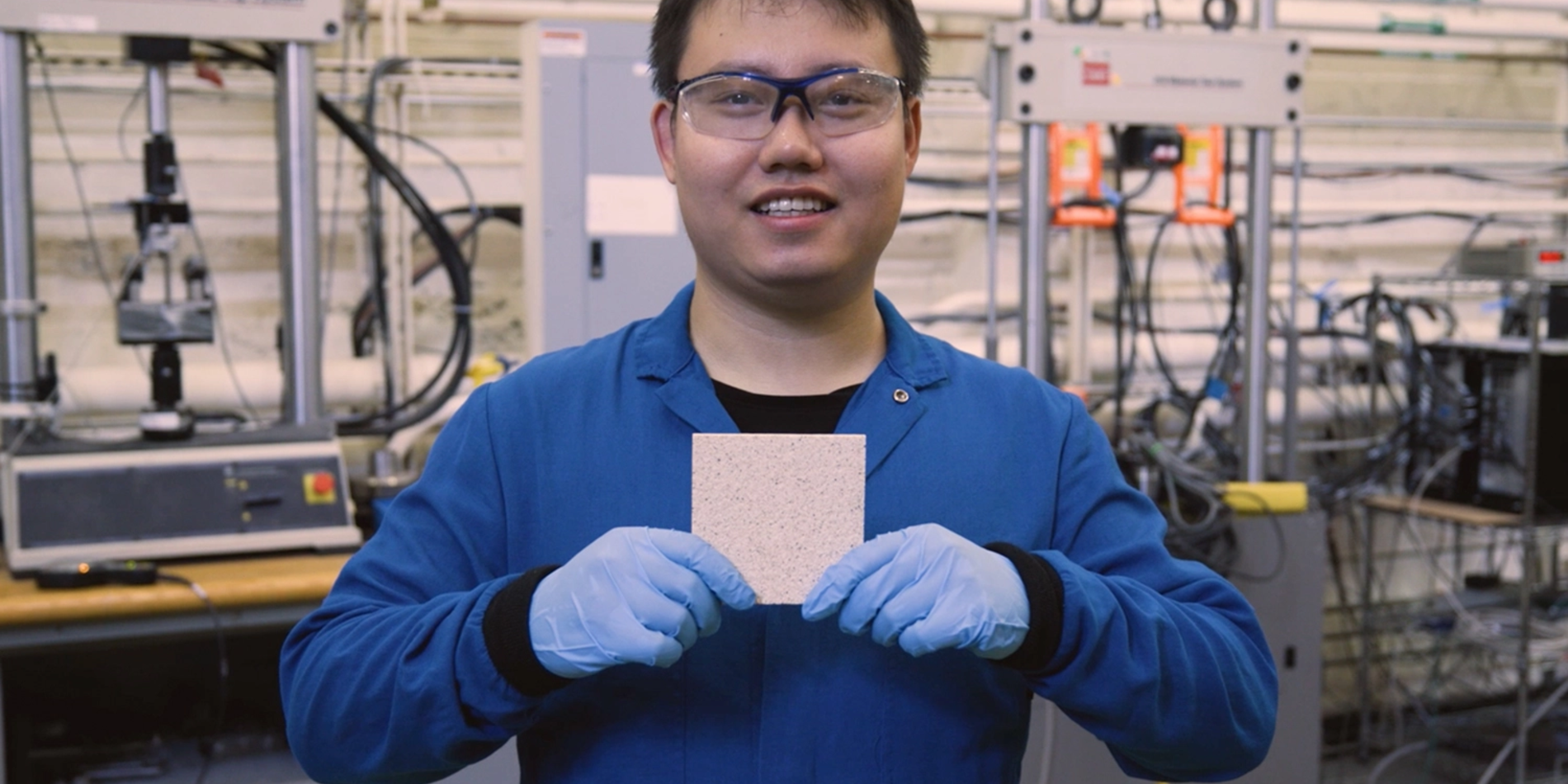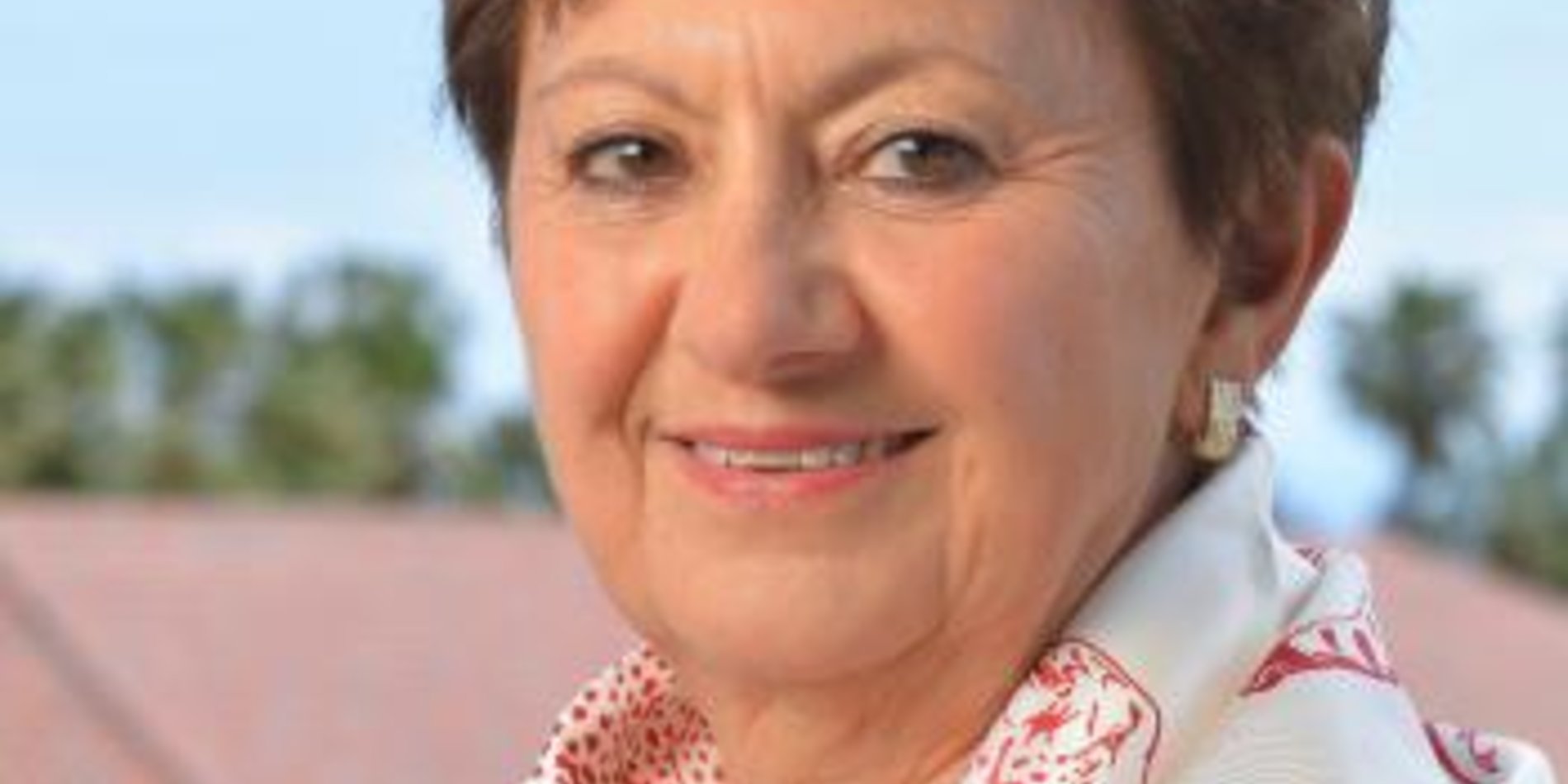Professor Gregory Deierlein and Post-Doc Dave Welch will be speaking at the SEAONC South Bay Dinner Meeting on Feb. 26, 2020. The talk on "Development of Guidelines and Economic Incentives for the Seismic Retrofitting of Residential Houses" will be an overview of two companion projects.
Over the past four years, the California Earthquake Authority (CEA) and Federal Emergency Management Agency (FEMA), has sponsored two unique but related projects related to the seismic evaluation, retrofit and quantification of economic benefits (loss reduction) of those retrofits, for selected single family residential dwellings.
The first project, managed by the Applied Technology Council under the ATC-110 Project series, recently completed a new prestandard for seismic assessment and retrofit of dwelling with cripple wall, living space over-garage, hillside, and chimney vulnerabilities. This prestandard was released in October of 2019 as FEMA P-1100 and includes simplified engineering procedures as well as selected prescriptive plan sets for routine conditions. The simplified design procedures and plan sets were developed and vetted using advance nonlinear analyses to meet performance objectives consistent with the philosophies of seismic building codes.
The second project, managed by the Pacific Earthquake Engineering Research Center (PEER), focused on developing loss functions and other supporting information to quantify the economic benefits of retrofitting vulnerable cripple walls and anchorages. The overall goal of the program is to incentivize retrofits with insurance discounts and other programs, such as the CEA Brace + Bolt program. The loss functions were developed through a comprehensive study, based on nonlinear dynamic analyses and FEMA P58 damage and loss assessments of archetype house designs, taking into account variations in exterior and interior wall finishes, number of stories, and other factors. The computational modeling was supplemented by (1) cripple wall component and subassembly testing conducted at UC Berkley and UC San Diego, and (2) a workshop with insurance cost adjusters.



